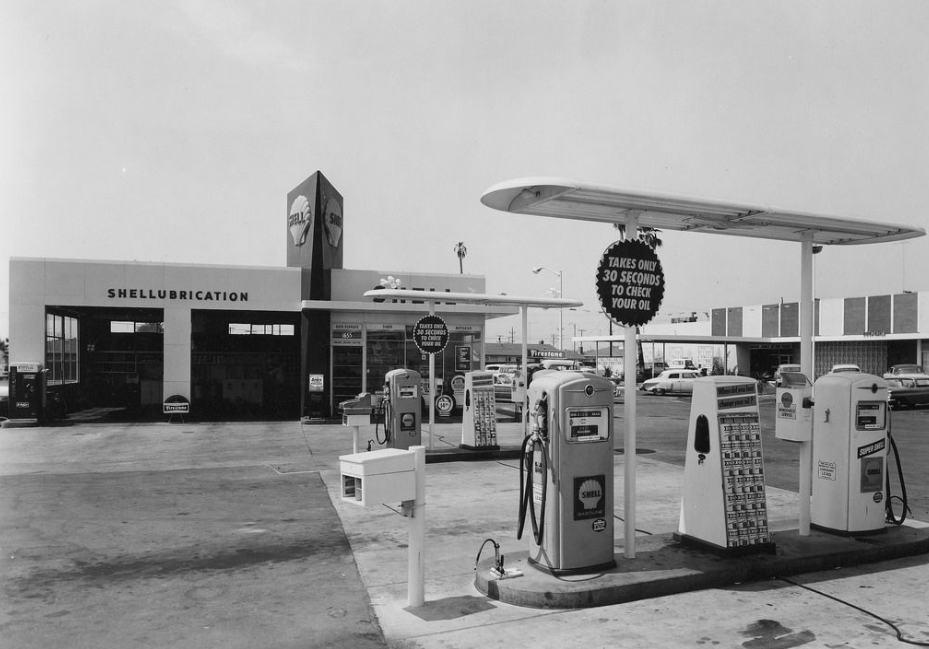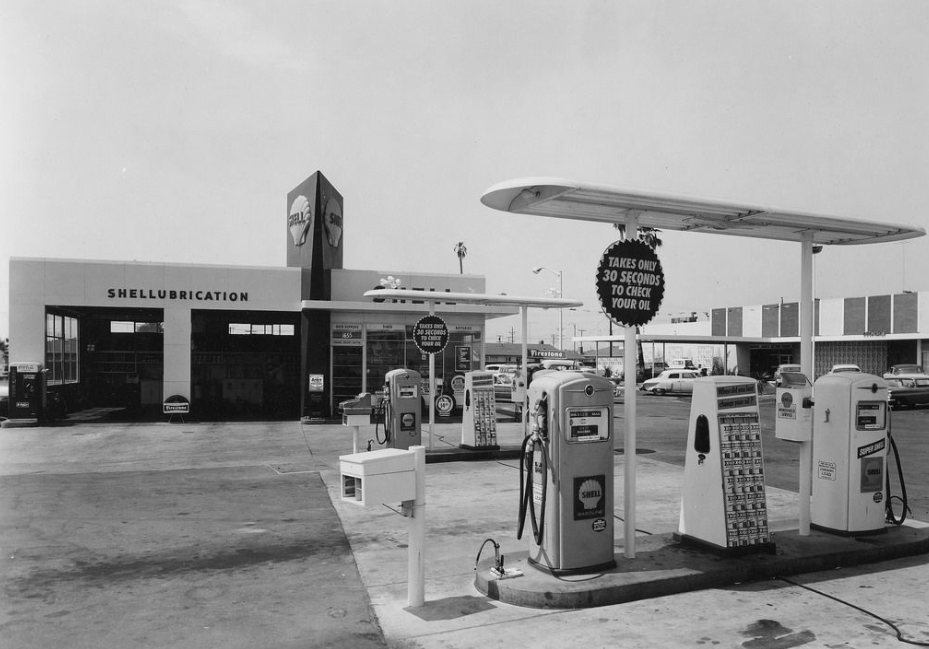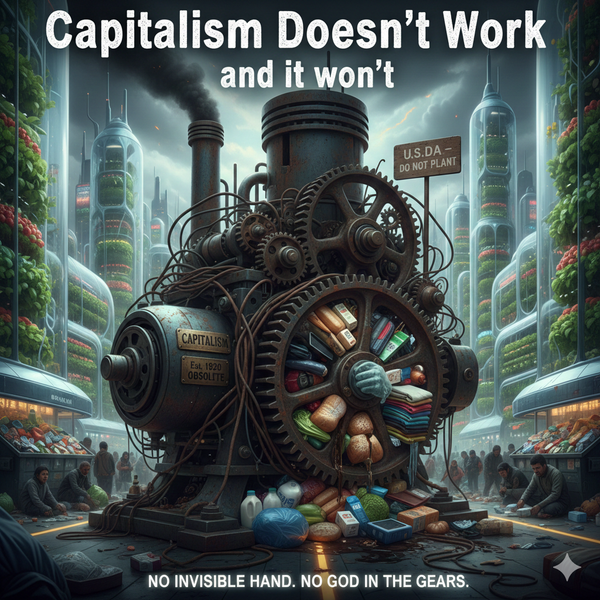Pumping Gas
Back When Gas Was 34 Cents a Gallon

In the mid-1960s, I worked at a gas station. You pumped the gas, wiped the windshield, checked the oil, and hoped nobody ignited themselves lighting a cigarette three feet from the nozzle. It was called “service.” And people thanked you for it.

Gas was thirty-four cents a gallon.
Thanks for reading Burnt Ground! Subscribe for free to receive new posts and support my work.
People get misty-eyed over that number. They treat it like a lost relic from a golden age when everything was cheap and everyone was polite. But adjust for inflation and that thirty-four cents is about $3.28 today. I paid $2.56 last week. So, if we’re talking pure numbers, gas is cheaper now. Cue the confetti.
Thing is, back then I could buy gas with an honest day's pay and still have enough left over for a cheeseburger and a bad decision. I was a teenager—too young to drink but not too young to know what a slipping fan belt sounded like. And when someone got sick? The doctor came to the house. I don’t know what my dad paid him, but he paid him out of pocket—cash, a handshake, and maybe a little advice about smoking less and sleeping more.
And if I had ten bucks? That was enough for a date. One gallon of gas, two forks, and a seat at the movies. Ten dollars could buy you a decent evening and a little dignity. Now it buys you a streaming subscription and a pop-up ad asking if you want to upgrade.
Later, I worked for the phone company (there was only one in those days). Starting pay: $2.01 an hour. Adjusted for today, that’s around $18—back when that kind of wage could still lift a person up instead of keeping them on hold. We worked 10-hour days (time and a half) and Saturdays (double time). The checks started coming in faster than I could keep up.
Which, as it turned out, was literal.
One night I came home and went to toss my paycheck in the top drawer. It jammed. Gave it a tug and out came a small avalanche of uncashed checks. The drawer was full. Turns out, when you work too much, you don’t have time to spend your money—or even deposit it. I was getting paid to not have a life.
The next morning, I quit.
Not in anger. Just common sense. The drawer wouldn’t close, and neither would my eyes anymore. That stuck drawer was the only honest performance review I ever got.
And that’s the thing about the system: it doesn’t rob you in broad daylight. It just slowly trades your time for anxiety, calls it opportunity, and expects you to say thank you.
So, what changed? Not the gas. The structure around it.
Back in 1965, even minimum wage could keep your head above water. Rent, food, gas, a date, the occasional emergency—you could make it work. Maybe even save up for a vacation that didn’t involve a loyalty program or blackout dates.
Now? You need a spreadsheet just to survive a grocery run. And that’s not inflation. That’s the game working as intended.
Wages stayed where they were. Everything else went for a jog. Housing turned into a hedge fund. Healthcare became a lottery. College started handing out debt with the same cheerfulness they used to hand out diplomas. And taxes? Those became something billionaires laughed about over drinks.
Meanwhile, wealth hit the express elevator. It started in the Reagan years, when “trickle-down” economics was sold as gospel and deregulation as therapy. Wall Street walked in, unions walked out, and somehow, we were told this was all for our own good.
Now CEOs make four hundred times what the people under them make—and we’re supposed to applaud their “vision.” Billionaires collect tax loopholes like wine. The rest of us get podcasts about budgeting and a reminder that avocado toast is the real problem.
And the punchline? They call this freedom.
But hey—gas is cheap.
It’s not that people today are lazy. It’s that the ladder they told us to climb was quietly unbolted from the wall. And now they act surprised we’re not climbing the ladder—after they sawed off the rungs.
So no, thirty-four cents a gallon wasn’t a miracle. But it was part of a world where the economy didn’t require a lawyer and a spreadsheet to navigate. You could pump gas or climb poles and still land in the middle class.
Now? We’ve got QR codes, “dynamic pricing,” and three different apps just to find the cheapest chicken. It’s all very modern.
And that’s the real difference. In 1965, the system at least pretended to care. Now it just assumes you’re too exhausted to notice.
And no, before you ask—the loyalty program at the pump isn’t going to fix it.
Thanks for reading Burnt Ground! Subscribe for free to receive new posts and support my work.




